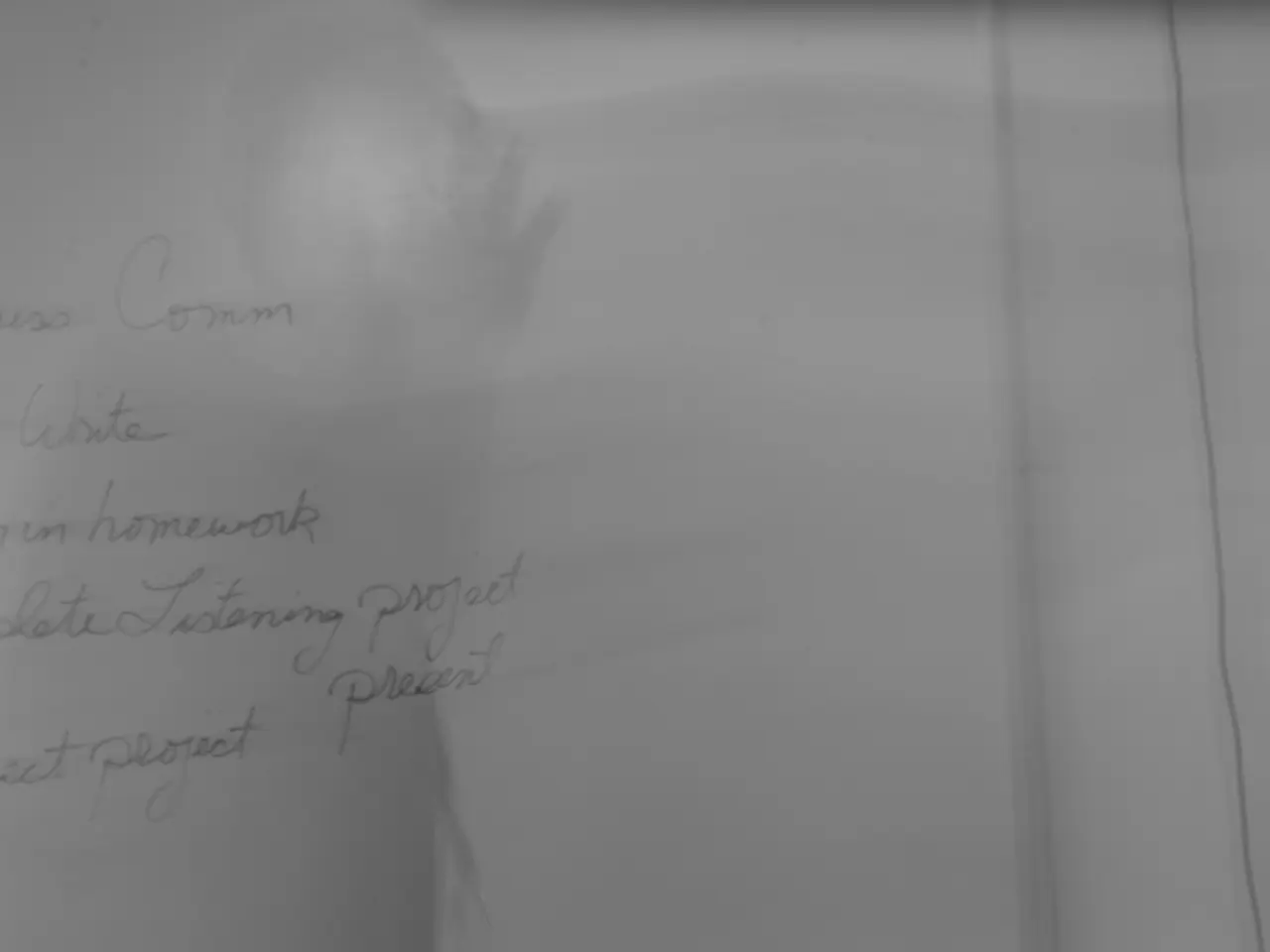Suggestions from Nikki Haley on tariffs might alter the United States' methodology in dealing with India, China, and Russian oil imports.
In a significant move, the United States has increased tariffs on most Indian imports to 50%, effective from August 27, 2025. This escalation comes in response to India's decision to import oil from Russia, a move that has raised geopolitical concerns.
The tariff increase, which is based on U.S. trade laws under sections 232 (national security) and 301 (unfair trade practices), affects a broad range of Indian exports to the U.S., including textiles, gems and jewelry, leather, marine products, chemicals, and auto components. These tariffs cover about 55% of India's U.S. exports.
The tariff increase contributes to higher consumer prices in the U.S., especially in clothing and textiles, with shoe prices rising by 39% and apparel prices by 37% in the short term.
India's Ministry of External Affairs has issued a response to the U.S. announcement, calling the proposed action "unjustified and unreasonable." The MEA spokesperson, Randhir Jaiswal, explained that India's energy imports serve domestic needs and ensure stable pricing for consumers, and that this is a necessity caused by the global market situation.
Jaiswal added that the United States had previously acknowledged India's decision as necessary for global energy market stability. He also clarified that India's decision to import oil from Russia was due to traditional suppliers shifting exports to Europe during the Ukraine conflict.
The U.S. announcement came after President Trump announced he would raise tariffs on Indian goods "very substantially" within 24 hours, citing India's continued energy trade with Russia. However, during the same period, America and China agreed to a temporary reduction in their own tariffs under a 90-day pause.
Europe's imports from Russia include chemicals, fertilizers, mining products, steel, machinery, and other goods. Europe's imports of liquefied natural gas from Russia reached a record 16.5 million tonnes this year.
India and Russia maintain a "steady and time-tested partnership", as stated by Jaiswal. India's trade decisions are based on market dynamics and national priorities, according to the MEA spokesperson.
Former U.S. Ambassador to the United Nations Nikki Haley has criticized President Donald Trump for planning to significantly increase tariffs on Indian imports due to India's continued oil purchases from Russia. Haley stated that while India's oil trade with Russia is a concern, China, the largest buyer of Russian and Iranian oil, has been given a 90-day tariff pause.
It is important to note that certain sectors such as pharmaceuticals, semiconductors, energy resources (including crude oil and natural gas), and critical minerals are exempt from the tariffs. Goods already loaded on ships before August 7, 2025, and arriving by October 5, 2025, are subject only to the previous 25% tariff rate, providing a grace period.
As global crude prices continue to rise, the discussion around tariffs and trade persists. The escalation in tariffs on Indian goods is a significant development that could impact both countries' economies and their respective positions in the global market.
[1] India-US Trade: Tariffs on Most Indian Imports to Rise to 50%
[2] Impact of Tariffs on Indian Goods in the U.S.
[3] Grace Period for Certain Indian Goods under the Increased Tariffs
- The United States' decision to increase tariffs on most Indian imports, including textiles, gems and jewelry, leather, marine products, chemicals, and auto components, could potentially affect policy-and-legislation regarding international trade and finance, as this tariff increase significantly broadens the scope of affected products.
- As a result of the U.S. tariff increase, the prices of clothing and textiles, such as shoes and apparel, will likely see a substantial rise in the short term, which may impact the general-news concerning consumer finance and energy, including household budgets and energy costs associated with clothing production.
- In a move that exemplifies the intricate interplay between politics, energy, and industry, certain sectors such as pharmaceuticals, semiconductors, energy resources (including crude oil and natural gas), and critical minerals are exempt from the increased tariffs on Indian goods, showcasing the importance of these industries in maintaining stability in the global market and their potential influence on policy-and-legislation.



![Top Tier Citi Merchant Discounts [Travel, Food, Leisure, Shopping]](/en/content/images/size/w1280/format/webp/20250810030009_citi-merchant-offers-best.jpeg)
